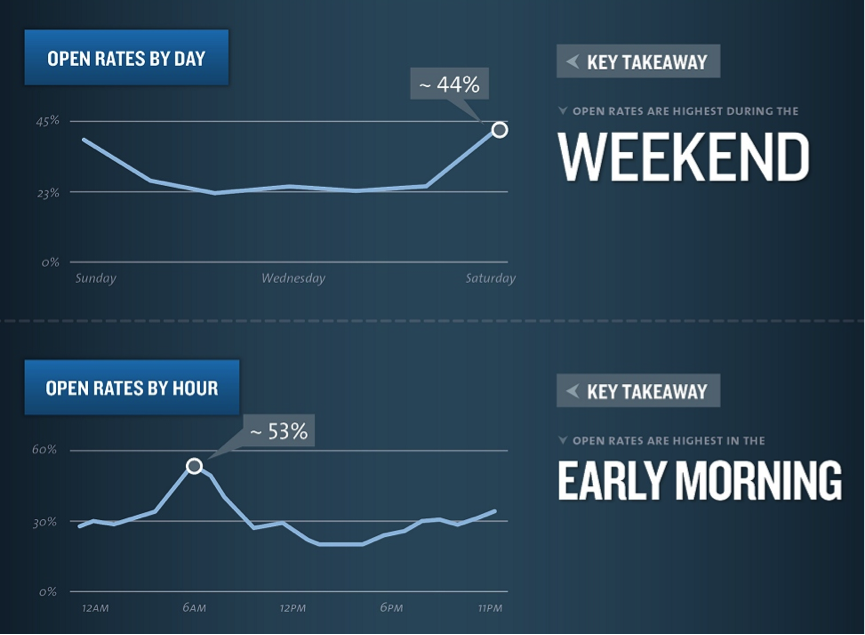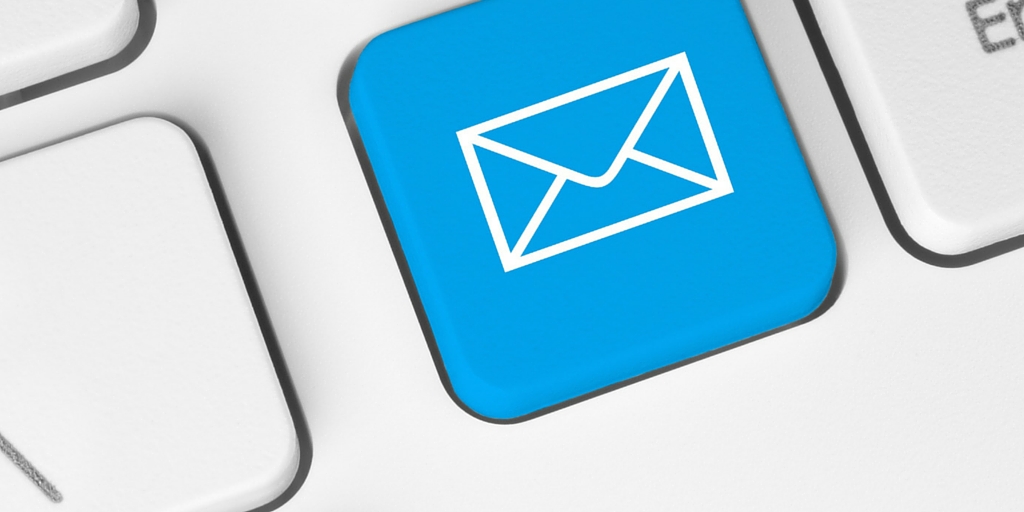Email Marketing for Small Business: 8 Steps to Get Started
Aisling Brennan, 15-Apr-2016
Email marketing is a cost-effective, low cost, yet quick to deploy tool for small business to reach their audience. 85% of Internet users actively use Email versus just 67% of Internet users on Facebook. In addition Email also converts better than social, with Monetate reporting Email conversion rates average 3% versus 0.7% for Social. And emails are 5x more likely to be clicked than Facebook posts and 6x more than tweets! So you can see that ROI can be high if Email Marketing is done well and the content is relevant, subject titles engaging, open rates high and CTA's clear.
So, how do you get started?
- Use an Email Marketing Software Provider
Don't start with Microsoft Outlook as that's a sure fire way to bring lots of legal headaches your way. Choose a reputable provider to manage your mailing list, deliver the emails and most importantly tracks the responses. MailChimp is great place to start. - Abide by the Sender Policy Framework (SPF)
Ensure that the domain you send your email marketing from is set up with a Sender Policy Framework (SPF) record that allows you to send emails from your email marketing service's mail servers-Mailchimp will help you do this. FYI SPF is an email validation system used by virtually all ISPs. Read more about SPF here. - Create your Email Subscriber List
Sending unsolicited marketing emails is illegal. Your email subscriber list MUST have given you permission to send them marketing emails by "opting in" via a form on your website. Each email must, by law, include an "unsubscribe" option so recipients can opt out if they wish. So ensure you cover these basics first.
Now you need to figure out how to grow your subscriber list:- • Add your email subscription opt-in form onto your website homepage, blog, landing pages and across your social media profiles. Test different variations of form (embedded form, timed popups, exit popups, etc.) to see what resonates best with your audience.
- • Collect email addresses at offline events, or the cash register
- • Run competitions on social media to acquire new subscribers
- • Share an incentive for subscriptions. Write your own ebook/training course/whitepaper/how-to guide and request email address in exchange for your free, premium content
- • Host webinars to gain subscribers
- How to Avoid the Spam Filters
Spam filters are the bane of email marketers. Only 79% of permission-based emails sent by legitimate email marketers reach the recipient's inbox.
Spam filters and ISPs work really hard to reduce inbox spam, so it’s important to understand what spam is, how spam filters work, and some of the steps to take to avoid being flagged.
Some best practice include:
• Ensure your subscriber list is double opt-in
• Don't use purchased or rented lists
• Don't wait too long before contacting your subscribers
• Treat your email campaigns as extension of your brand-include consistent messaging, tone, visuals
• Always include an unsubscribe link in each email
• Personalise your emails and send through verified domains
• Avoid sloppy HTML code, or pulling copy directly from MS Word.
• Choose your copy well and avoid “spammy” words that'll flag your emails as spam and result in getting thrown into spam/junk folder:- Beware of using exclamation points, quotation marks, euro signs, percentage signs and all capital letters (DON’T SCREAM!).
- Avoid words like "free", "discount", "guaranteed", "opportunity", "click here", "call now", "subscribe", "order now", "visit our website".
- Keep your font size smaller than two point
- Test your emails to several different ISP's to track where they land. If the email lands in any spam or junk folders, try making changes to the subject line and body copy and re-test.
- Always use a spam check tool before sending. It will catch things like "spammy" words and large fonts, as well as suspicious "from" addresses.
- How to Create your Email Content & Design
- • The content of your email must be relevant and useful to the recipient, otherwise it'll be seen as SPAM.
- • Keep the messaging brief and on point.
- • Support the text with an eye-catching visual.
- • Provide a clear call-to-action.
- • Don't use exaggerated claims – it'll be seen as SPAM.
- • The goal is to encourage your recipients to click-through to your website.
- • Always offer both a text-only and HTML version of your email.
- • Finally remember that mobile accounts for 47% of all email opens so ensure your design is responsive.
- When to Send your Email
There is no optimal time to send email – as it'll be unique to your particular subscriber list. However below is a helpful infographic from Kissmetrics that clearly illustrates trends in open rates/click-through rates (CTR)
Use this as a guide only as your optimal mailing time will depend on your customer behaviour, inbox crowding and the deployment of other marketing emails! My advice to you is to test, test, and test again to find out how your customer ticks and when he/she opens email.
Lastly commit to a regular publishing schedule (daily/weekly/monthly) and stick to it. Send emails updating your subscribers of the latest industry and company news, new promotions and discounts, and any behind the scenes information. - How to get Emails Opened
Congratulations your emails have successfully made it to your recipient's inbox. However this doesn't mean they’ll open, read and act on your email. Below are a few tips to help boost the chances of success:
• Include a recognisable from address
• Use a compelling subject line
• Ensure your email template is responsive
• Contain attractive visuals
• Use brief, concise messaging with no typos, bad grammar, broken links, or crappy code
• Include a clear call-to-action - Tracking
Once you send out your email campaign, ensure you monitor the following metrics to see how your email performs:
Open rate: The percentage of emails opened by recipients
Bounce rate: The percentage of emails that didn’t make it through to a recipients inbox
Click-through Rate (CTR): The percentage of recipients clicking on one of the links in your email
Unsubscribe rate: The percentage of recipients who decided they don't want to receive your email again.
Conversion rate: The percentage of recipients who clicked through to your website and accomplisehed what you wanted them to do (purchase a product, download whitepaper, sign up for webinar)
Monitor these metrics closely, and remember a good marketer's testing is never finished.
As always, get in touch if you've any questions about Email Marketing or any other Digital Marketing tactics. Oh, and good luck!
Related Reading:
• 8 Steps to Successful Writing on the Web - Tips for Small Business
• Getting Started with Content Marketing for Small Business
Is Twitter Worthwhile for your Small Business?
Get our top tips on how to get started on Twitter.

